A major update to the project management app OmniPlan includes the ability for buyers to pay once and get both Mac and iOS editions. Making that easy for users, though, turns out to be highly complex.
Few developers have taken up Apple's universal purchase option to let buyers pay once for Mac and iOS apps, even though it was first teased in February 2020, and finally released a month later. Offering a single price sounds simple and is obviously appealing both to developers and users, but the devil is in the details.
Newly updated project management app OmniPlan is available on Mac and iOS, for instance, but it comes in two versions on both platforms — a standard and a Pro edition. Each has a different price, but also if you buy the standard edition now, you can upgrade to Pro later and pay only the difference. Similarly, there are discounts if you are upgrading from older versions, there are different prices if you're an education user, or a large corporation buying thousands of copies.
Plus OmniPlan can be bought outright, or you can pay a monthly subscription fee, or a discounted annual subscription fee. Then there are also trial versions for both platforms and, lastly, there can't be any change that would force existing users to do anything. There are already corporations keeping track of thousands of license codes for their staff so even a small change to how that works would be disruptive.
Consequently, alongside all the development work, you need an accounts department to figure all of this out, and a marketing one to reduce the complexity into the simple-sounding idea of pay once, use the app everywhere. Possibly ironically, you need a project management app.
Changing from a licence code to an account
Alongside a series of feature upgrades to project management app OmniPlan 4, the software has had to change its licensing system. OmniPlan 3 users, and earlier, continue to use exactly what they've got and won't see any difference - until they want to upgrade.
Whether you buy the Mac or iOS version, or whether you buy the Mac one direct from the Omni Group or through the Mac App Store, you no longer get the kind of license code we're used to copying and pasting. Instead, you create an account on Omni's servers.
It's the same account that users may previously have had to make use of Omni's own sync server for OmniPlan or the company's other apps, so some will already have their login details and others will quickly create new ones.
Then when you download OmniPlan for the other platform, you're prompted for your login at the start and that's it. Registered users get to run OmniPlan on both Mac and iOS, with their documents synced over iCloud by default.
The benefits of universal pricing
"With the sign-on licensing support now built into OmniPlan 4, team managers can simply list the team members who should have access and those team members can sign in to any device to access their license, across Mac, iPad and iPhone," said Ken Case, CEO of the Omni Group.
The start is Apple saying it will be simple to offer single, universal pricing. The end is users being able to buy the app they want without having to think about the hidden complexities.
Getting from that start to that end, though, means developers planning a complex project and managing different teams, different tasks, to get there. OmniPlan is used for projects like building bridges — literally — but really for managing any complex work where you have many tasks being done by many people and using many resources.
Updates to OmniPlan 4
The new OmniPlan 4 for iOS does add many refinements to help with this as well as introduce the universal pricing. So it now features a quicker system for starting a project, for instance, it has improved repeating tasks. If your team includes a designer who works two days a week, you can now more quickly tell OmniPlan 4 that you've got her for an extra morning throughout April.
It's also got an improved way of tracking the cost of a project as you go through it, and revisions to where tools are mean the most commonly used options are quicker to get to. Plus it has a revamped file format intended to work better with Dropbox and Box.
What the updated OmniPlan 4 for iOS brings most of all, however, is feature parity with OmniPlan 4 for Mac. That was released back in July 2020, albeit without the universal pricing.
So for nine months the two versions have been out of step. The underlying data is the same, projects could be worked on using either iOS or Mac, but the new features were only on the Mac.
In this case, it's probable that users tended to either be on Mac as they planned their own apps, or on iOS out in the field as they built their bridges. But when all developers figure out Apple's universal pricing, there's surely going to be more expectation from users that features will always be immediately the same on both platforms.
If you buy an app once and use it on all devices, you're not going to think of it as an iOS and a Mac version. What universal pricing will ultimately provide is the ability to just reach for the nearest, most convenient device and carry on with your work there.
The future of universal pricing for all developers
We're going to see more developers using Catalyst, or running iOS apps on Apple Silicon Macs. Whether they do that or they maintain separate code bases as OmniPlan does, the apparently simple idea of universal pricing is going to require developers to keep both platforms in step.
OmniPlan 4 is now available on Mac and iOS as a universal purchase that costs $199.99 for the standard edition, or $399.99 for the Pro. Subscriptions start at $19.99 per month.
The new OmniPlan 4 is now on the iOS App Store, plus the macOS version can be bought from either the Mac App Store, or direct from the Omni Group.
OmniPlan 4 for iOS requires iOS 14.1 or later. For Mac, it requires macOS 10.14 or later.
Stay on top of all Apple news right from your HomePod. Say, "Hey, Siri, play AppleInsider," and you'll get latest AppleInsider Podcast. Or ask your HomePod mini for "AppleInsider Daily" instead and you'll hear a fast update direct from our news team. And, if you're interested in Apple-centric home automation, say "Hey, Siri, play HomeKit Insider," and you'll be listening to our newest specialized podcast in moments.
 William Gallagher
William Gallagher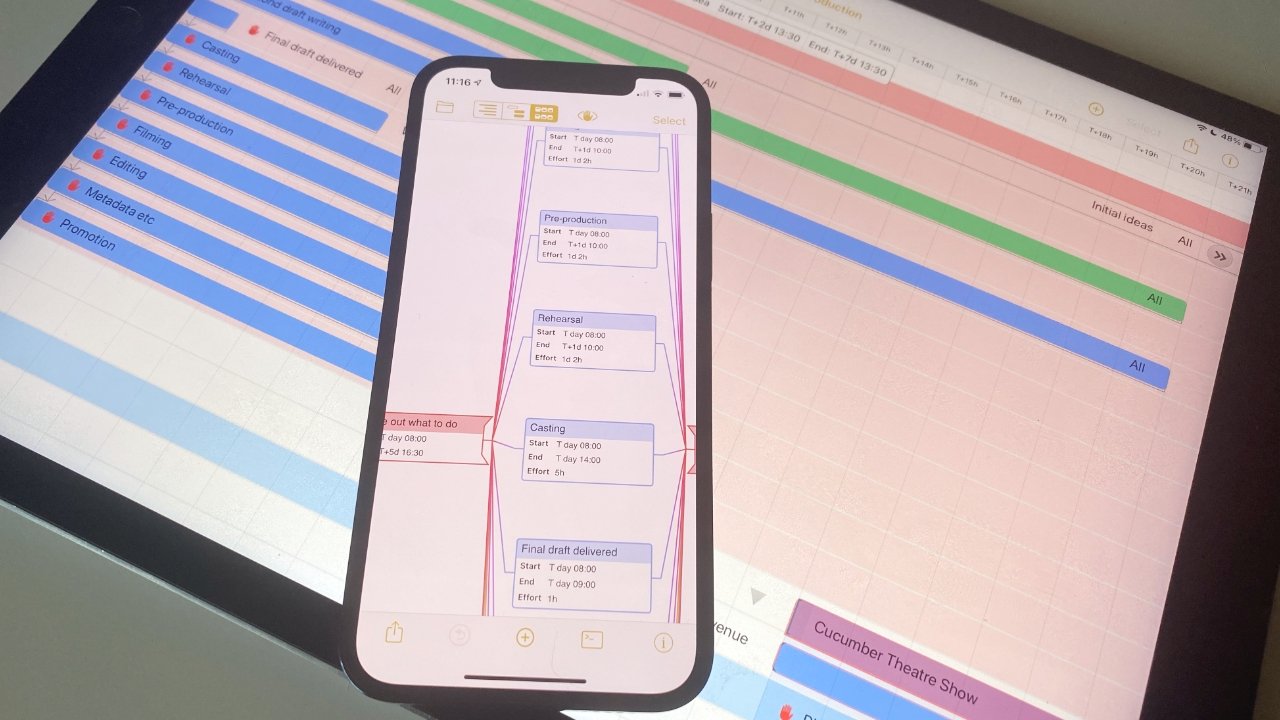
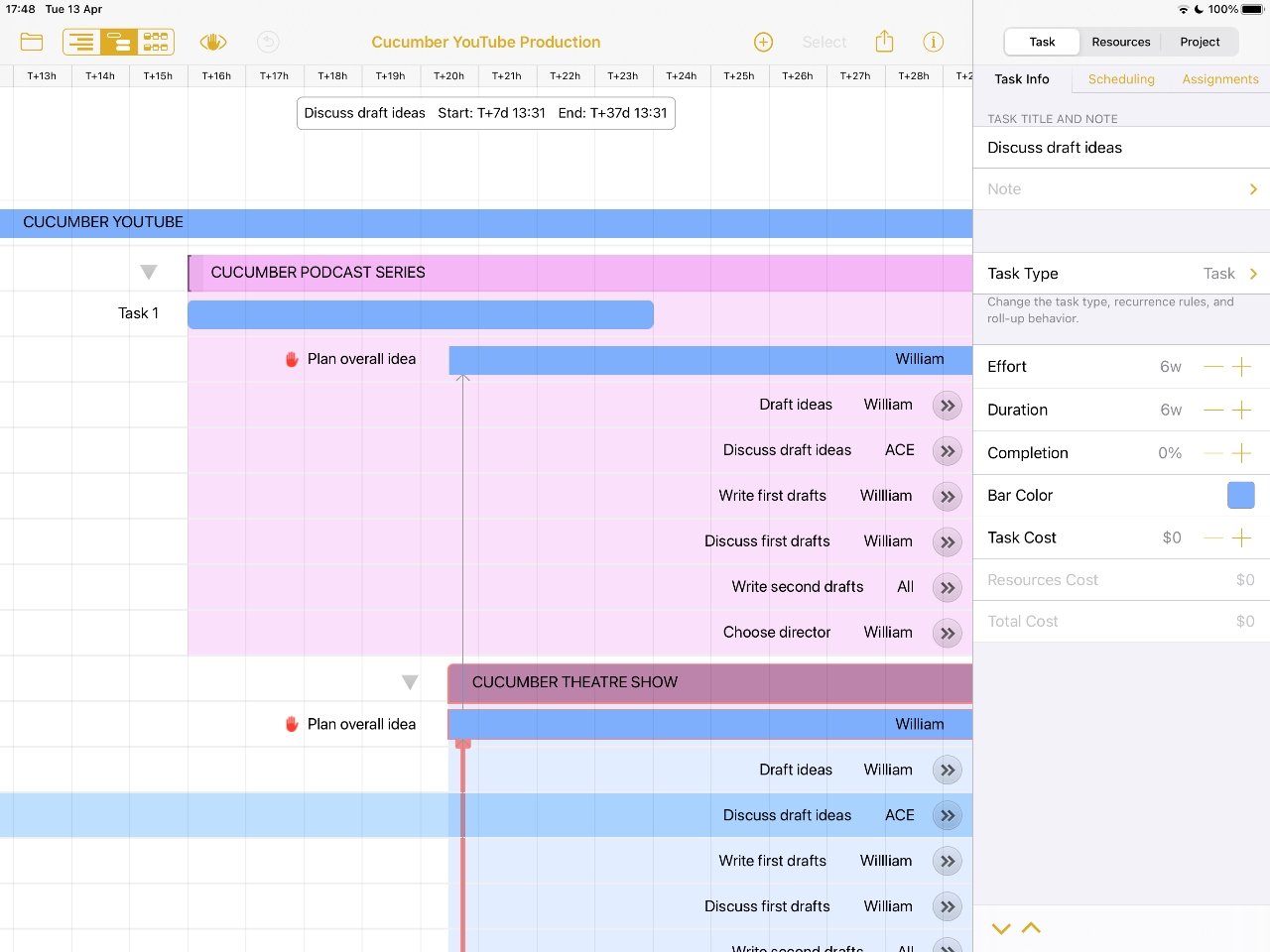
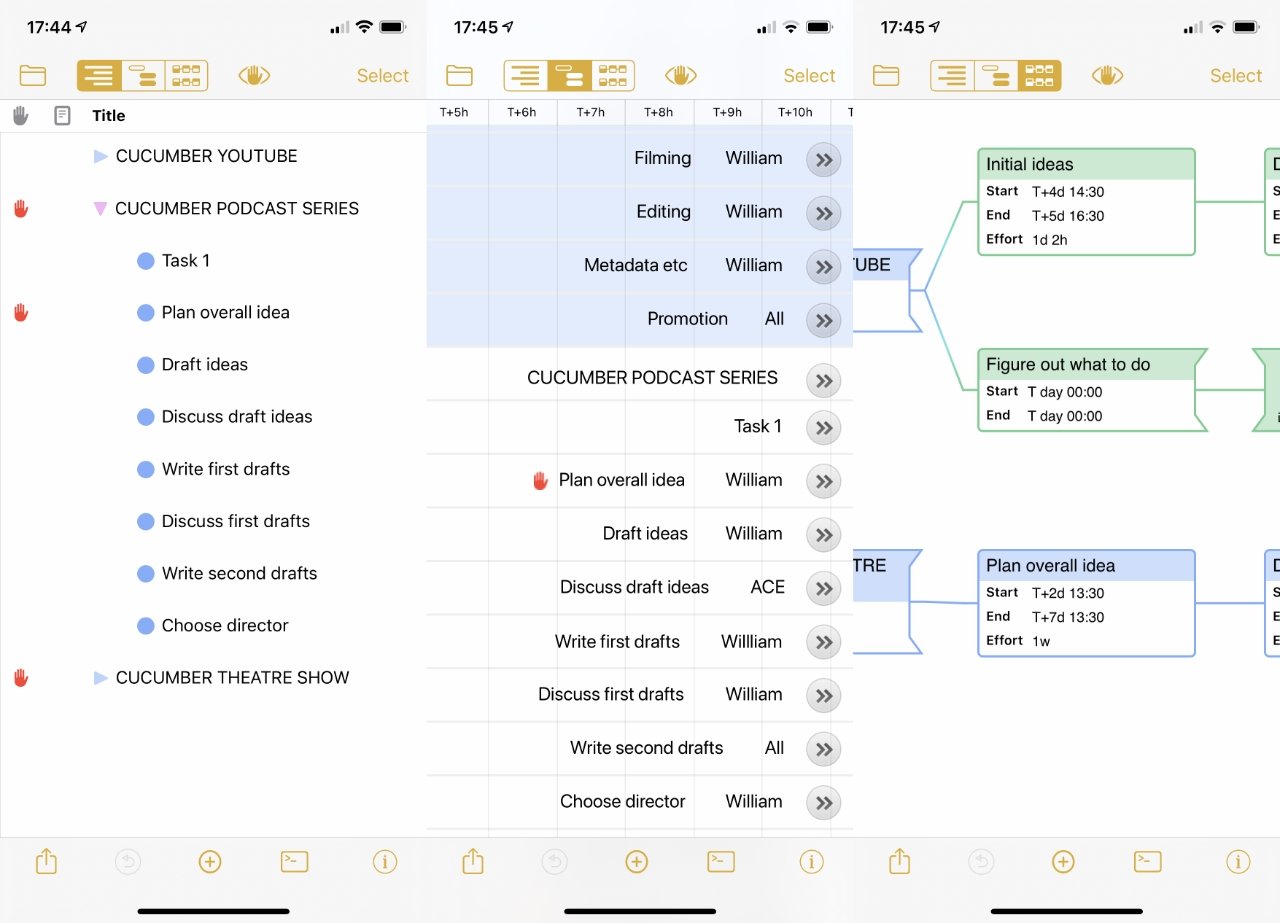
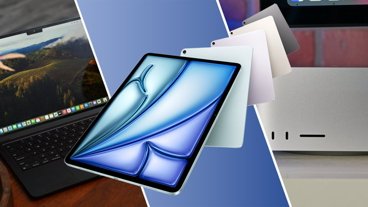



-m.jpg)



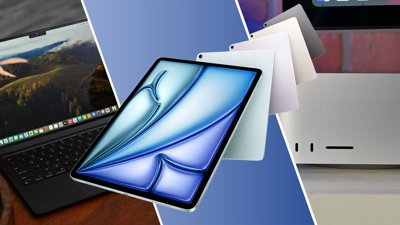
 Christine McKee
Christine McKee
 Andrew O'Hara
Andrew O'Hara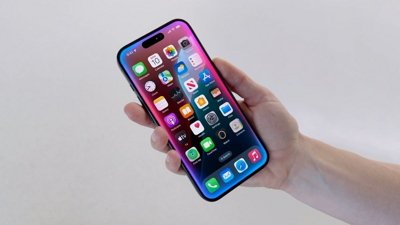
 Mike Wuerthele
Mike Wuerthele



 Malcolm Owen
Malcolm Owen

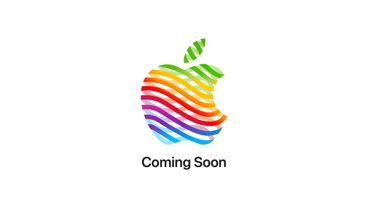






1 Comment
Apple's really making a push here to be a replacement for web apps. I don't know that they'll succeed. With the web, you're building lowest common denominator UIs that will work on just about _any_ device with a browser. With Apple's approach, you're building tailored UIs for each size of touch device (iPhone + iPad) and presumably one will suffice for Mac devices.
They've probably got a chance with niche verticals, but will it make enough money for enough developers that they come on board?